The Ecological Angler
ecoangler.com
A Toast to Dead Salmon
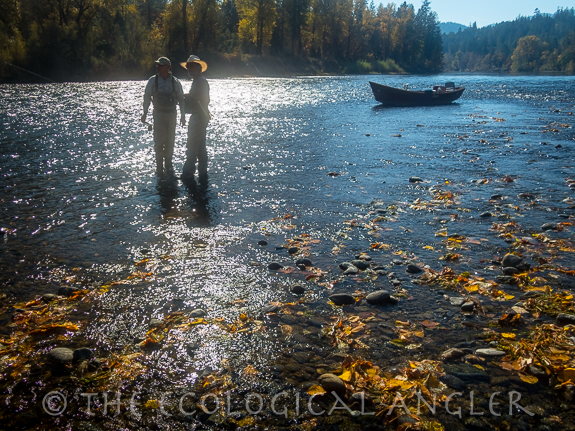
Their annual spawning runs into coastal rivers, like the Rogue River, acts as a pipeline of nutrients from the ocean.
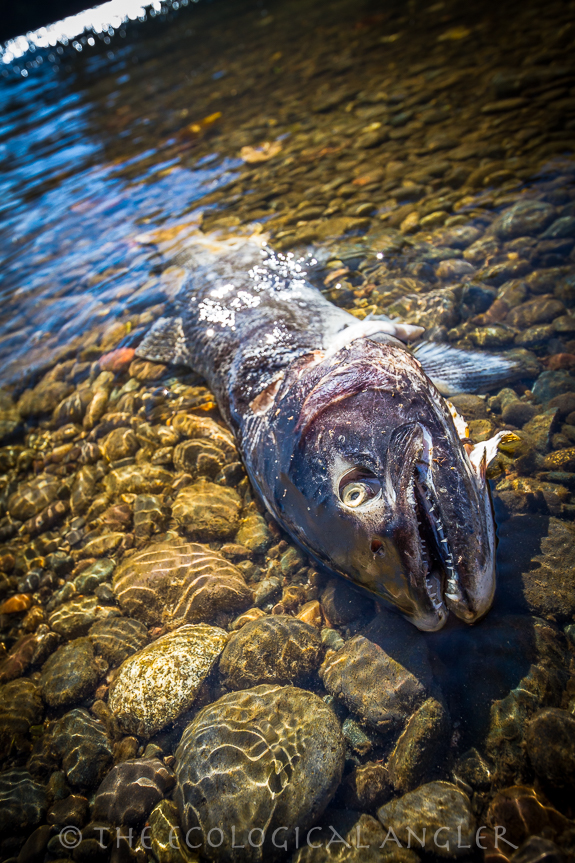
After spawning, salmon decompose keeping forest soils fertile. Forests continuously lose soil and nutrients to the water. Migrating salmon reverse this out-flow by eating fish and krill at sea and bringing nutrient-rich body mass back into the forest.
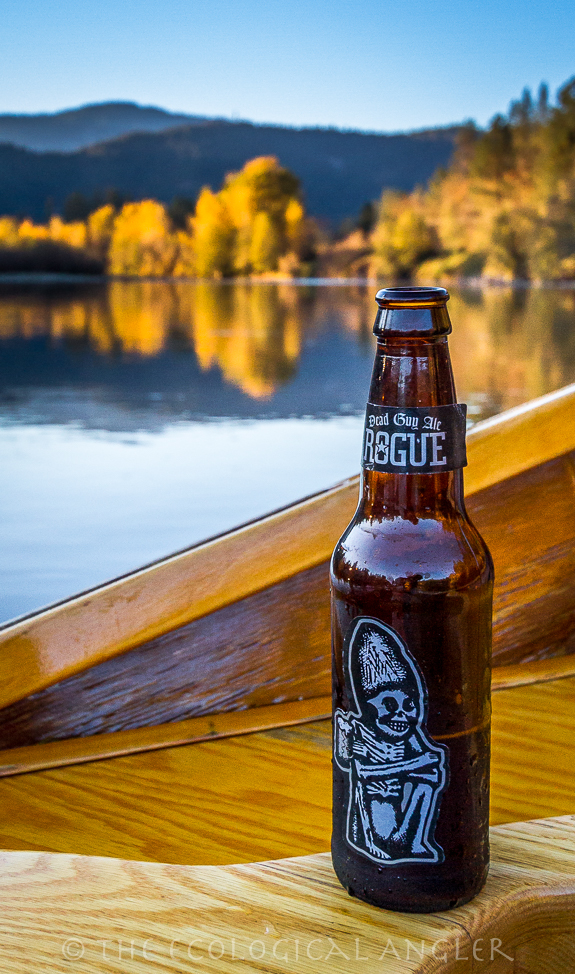
These same nutrients derived from the open ocean can be detected in old growth fir and redwood trees, hundreds of years old, as well as the animals that live on them.
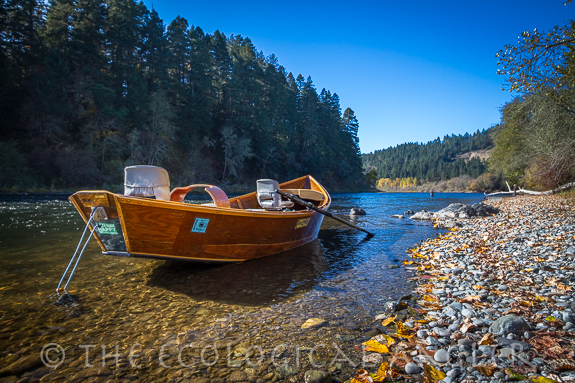
Near salmon-rich coastal rivers, over half of the nitrogen in shrubs and trees originates in the open ocean. And the salmon signature isotope can be found as far inland as the Rocky Mountains - carryed by large and small animals throughout the food chain.
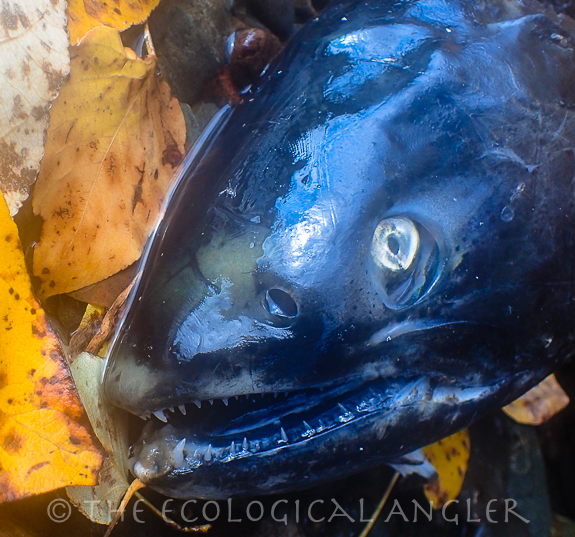
So the next time you see (or smell) a decomposing salmon on your favorite river, crack open a beer and give these important bags of nutrients their propers!